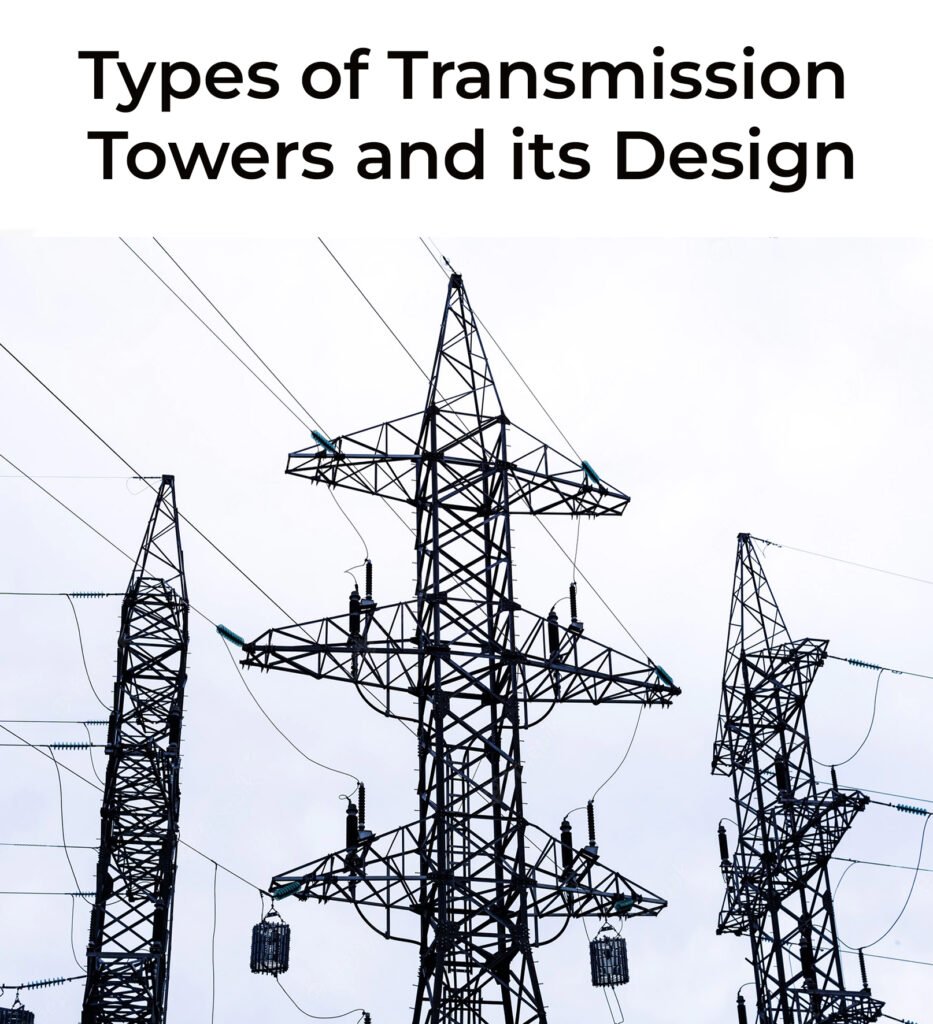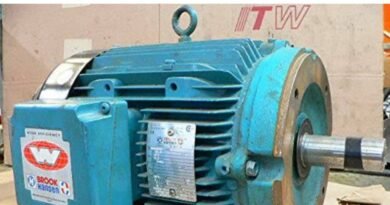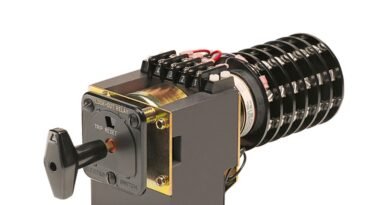Types of Transmission Towers and its Design
Types of Transmission Towers and its Design

Answer:
Types of transmission towers and their design are important topics for electrical engineers and power system operators. Transmission towers are structures that support overhead power lines and carry high-voltage electricity from generating stations to substations and consumers. There are different types of transmission towers, each designed for a specific purpose. The main types of transmission towers are angle structures, distribution towers, and subtransmission towers. Other types of transmission towers include suspension towers, tension towers, and terminal towers. Transmission towers can also be classified according to their voltage classification, shape, and angle of deviation.
Angle structures are used to change the direction of the power line or to support a conductor at a dead end. Angle structures can be either horizontal or vertical, depending on the angle of deviation. Horizontal angle structures have cross arms that are parallel to the ground, while vertical angle structures have cross arms that are perpendicular to the ground. Angle structures can have different designs, such as A-type, B-type, C-type, and D-type, depending on the degree of deviation.
Distribution towers are used to distribute power to lower-voltage lines that serve residential and commercial customers. Distribution towers are usually smaller and simpler than transmission towers, and they often have only one or two circuits. Distribution towers can be either pole-type or lattice-type, depending on the material and shape of the structure.
Subtransmission towers are used to transmit power from substations to distribution lines. Subtransmission towers are similar to distribution towers, but they have higher voltage and more circuits. Subtransmission towers can also be either pole-type or lattice-type.
Suspension towers are used to support a straight section of a power line. Suspension towers have insulators that hang from the cross arms and suspend the conductors below them. Suspension towers are the most common type of transmission tower, as they are simple and economical.
Tension towers are used to support a power line at a point where there is a significant change in elevation or span length. Tension towers have insulators that attach to the cross arms and pull the conductors upward. Tension towers are stronger and heavier than suspension towers, as they have to withstand more mechanical stress.
Terminal towers are used to connect a power line to a substation or another power line. Terminal towers have insulators that connect to the cross arms and terminate the conductors at a fixed point. Terminal towers are also stronger and heavier than suspension towers, as they have to carry more electrical current.
The design of transmission towers depends on various factors, such as the voltage level, the number of circuits, the environmental conditions, the terrain, the span length, the conductor type, and the aesthetic preferences. The design process involves several steps, such as load analysis, structural analysis, material selection, foundation design, fabrication, erection, and testing.
Transmission tower design is an important engineering job where civil, mechanical, and electrical engineering concepts are equally applicable. Transmission tower design requires specialized knowledge and skills, as well as adherence to safety standards and regulations. Transmission tower design also has an impact on the visual appearance and environmental impact of the power system.




